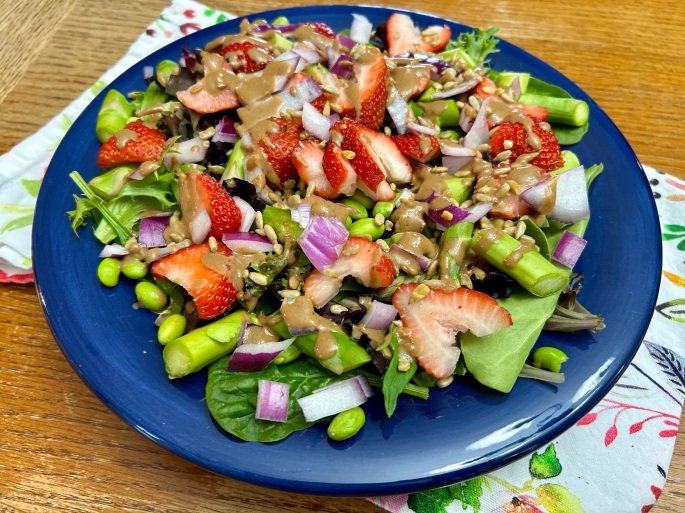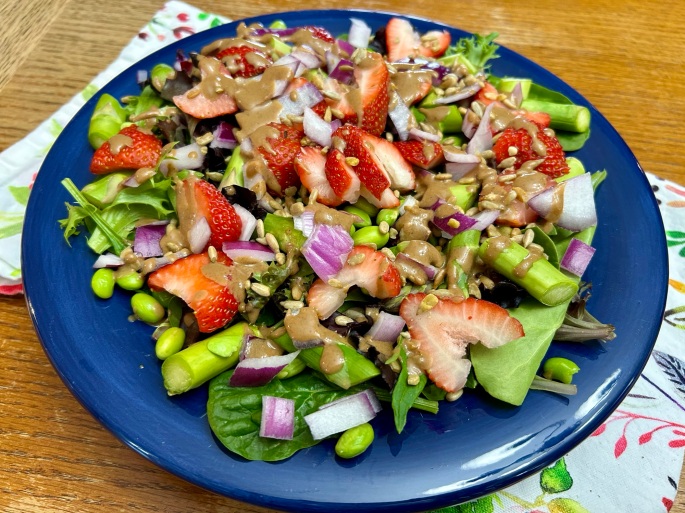“Just as one candle lights another and can light thousands of other candles, so one heart illuminates another heart and can illuminate thousands of other hearts.”–Leo Tolstoy

Sweet Welcomes 🤗
By the time you read this, Dear Reader, National Teacher Appreciation Week will be coming to an end. However, mine began, in its own unique way, the week prior. As I walked into the high school on a Friday after being out for a few days, an early arriving student exclaimed, “Ms. Hill, you’re back! I missed you!” Then, she surprised me with a hug.
Later, before the beginning of mass, our weekly church service, another student said she was happy to see me as I sat down beside her. Two rows in front of me, an additional student, and his buddies, all started waving at me with smiles on their faces. I was definitely touched.

The Dog Ate My Homework 🐶
There are many times, as an educator, especially in more recent years, where it feels I am engaged in a battle with a myriad of student-distraction, and I therefore wonder what kind, if any, impact I can make in my students’ lives. Video games, travel sports, youtube, and phones are just a few of the numerous diversions vying for students’ attention. “The dog ate my homework” excuse has been replaced with more modern tales.
“I stayed up late playing video games with my friends and lost track of time.”
“I didn’t come to class this morning (or yesterday) because I was so tired from playing in the tournament this weekend.”
“I completely forgot to ________ (read, study, write) because there was phone drama last night with my ________ (friends, boyfriend, girlfriend).”
“I performed four shows (or competitions) this past weekend, and I completely forgot about __________ (assignment).”
None of their distractions are any better or worse than distractions of the earlier decades in my career. They are simply different.
Therefore, I do empathize with my students’ level of fatigue and distractions. My teenage world was vastly different from their current teen world, but I still recall the angst, the hormones, the emotions, and my own unique set of distractions. Plus, I am professional enough to recognize that their excuses are not personal; it’s just their reality, shaped by society, parents, and peers.

checking in 😃
Which is why I try to work with, rather than against, the current tide, taking time to talk to the students in order to get to know them. What makes them tick? What are their interests? I try to notice when one, or several, are having a bad day, so I can check in with them and offer help or a compassionate ear.
Still, I am not perfect–not by any means. There are days where all the best-laid instructional plans go wrong, technology in the classroom doesn’t work, and/or multiple interruptions occur. On those days, I look around the empty classroom after students have exited and wonder if I am making a difference? Am I preparing the students, not only for the next level of English, but also, am I adequately conveying that I care even more about the type of people they are becoming? Am I making that personal connection that communicates to them that their life matters and is important?

Words Matter 🗣️
As a writer and educator, I know that words matter. Words are tools. Words can be used to build up another person, encourage a hurting soul, and foster a healthy relationship. Likewise, words can deeply wound, leaving scars that can be felt for years. Therefore, when those students used their words to tell me that I was missed, it felt as if, perhaps, I do make a difference, even in a small way.
Later, that same day, I ran into a national chain store to pick up a couple of items. As I was darting to the self-checkout station, a young lady greeted me with, “Hey, gorgeous!”
Now, at my age, that is not a line I often hear, but I also know from being around teens that is a phrase females will sometimes use with one another. The speaker’s face was familiar, but my brain struggled to match the face to the correct moment in time. Then, I looked at her name badge.
It was a former student of mine from over 20 years ago during the time period in which I taught kindergarten. We talked for several moments, and she shared pictures of her two sons. She caught me up on the lives of her siblings and parents. Listening to her talk, I took in her smile and dancing eyes. I could tell she was happy, which, in turn, made my heart smile because, ultimately, I want all of my students to have an overall happy and successful life, however they define it.

Unforgettable Moments 🙌
As I prepared to walk away, I thanked her for stopping me and marveled that she would even recognize me.
“How could I forget you?”
Those five words may not seem like much. They won’t grab national headlines, and they won’t earn me a six figure income. Nor will her words put my name in lights. Still, those words lit me up from within. Her words touched me in ways headlines, money, and fame could never feel. To know I made a difference with at least one past student, and to hopefully continue to affect current students to feel empowered about their own future choices is what continues to motivate me all these years later.

Thank you, Teachers 👩🏫 👨🏫
To all the educators who taught me, thank you. I don’t need National Teachers Recognition Week to remind me of the impact your teaching had on me. I continue to carry the torch you lit within me in your classrooms of long ago.
To all the educators in the trenches with me, thank you. Teaching is a challenging and often undervalued role, but the light you bring to your students matters. And that is why we teach–to pass on the light to our students that was given to us.

Thank you, Students 🙇 🙇♀️
Finally, to all of my students, past and present, thank you. Thank you for sharing your light with me. You make my life richer, more interesting, and definitely a more engaging experience! Never hide your light, continue to shine it, and may you bless the future world with your many talents and gifts. Heaven knows, this ol’ world needs more light.























































































































































































































































































































































































































































































































































































































































